About Us
The History of Sharpham Park
Sharpham Park is a 300 acre historic park near Glastonbury on the edge of the Somerset Levels, dating back to the Bronze Age. The first known reference to Sharpham (Scerpham) is a grant by King Edwig to the Thegn (lord or squire) Aethelwold in 957. Sharpham then passed in and out of the hands of the Abbots of Glastonbury for the next 200 years. In 1191 King John bequeathed the park to the Abbots of Glastonbury by placing his bejewelled gauntlet upon the Abbey alter.
By 1300 the Abbot enclosed Sharpham as a deer park with an oak and chestnut paling fence of some 4 miles circumference with red deer. The park would also have had a rich variety of farming and husbandry with tenants keeping cattle and sheep, whilst the monks would have farmed rabbits, hawked and produced a variety of crops which would no doubt, have included spelt, providing food for the guests of the Abbot of Glastonbury’s table. In November 1539 Henry VIII’s commissioners visited the Abbey in the final stages of the dissolution of the monasteries. They proceeded to Abbot Whiting’s favourite manor, Sharpham Park, where they found him in his kitchen. From there they took him to be tried for treason and thence to be hung, drawn and quartered upon Glastonbury Tor.
Since those troubled times there have been a number of notable owners, amongst whom are the judge Sir Henry Gould, the novelist Henry Fielding and the palaeontologist Thomas Hawkins. As a farm it was known as the finest in Somerset in the 1880’s and employed 27 men and boys with shire horses. Nearby in the early 1900’s Glastonbury lake village was discovered dating back to the Iron Age and here carbonised spelt grains were found, which would have been used in a leavened bread, as this was on a Lake, the nearest farming land would have been Sharpham, speculating that spelt has been grown here for well over 2000 years.
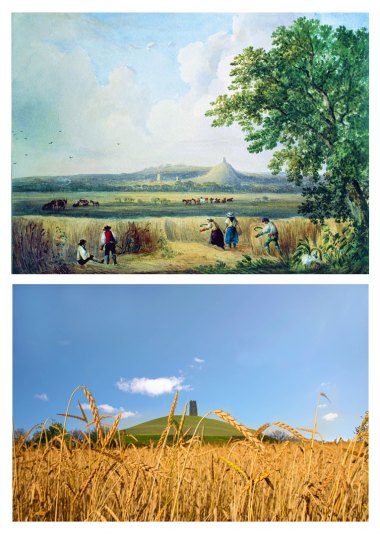
In 2003 Roger Saul, founder of Mulberry, bought the land around the family home and embarked on restoring what was a run-down dairy farm into an organic mixed economy farm. He created the Sharpham Park brand and set out to bring spelt back into the British diet. He restored red deer to the park, brought back rare breeds, planted 300 walnut trees and created an organic rotation scheme to protect the environment and the soil, whilst being as productive as possible.
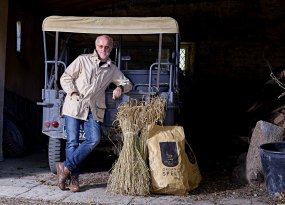

OUR ORGANIC FARM AND MILL
Our passion is to produce responsibly farmed, healthy, natural food traceable from field to fork. Our farm Sharpham Park is a modern interpretation of a traditional deer park. While the main produce is spelt, we also grow walnuts and apples and have a herd of red deer. We employ a system of organic crop rotation to replenish the soil without the need for pesticides and fertilisers.
Our spelt fields have 4 metre margins and the hedgerows are cut every other year to allow wildlife such as hare, lapwing, dormice, bees and ladybirds to shelter and forage for food all year round.
We have our own dedicated organic spelt mill which was opened in June 2007 by Her Royal Highness the Countess of Wessex. Our Millers stone grind the grain to make flour the traditional way, leaving the husk (hard outer layer) of the grain on right up until the start of the milling process. This keeps vital nutrients locked in and maintains the freshness of the grain which contributes to its delicious flavour. Stone grinding protects the grain's natural germ oils as opposed to flour that has been produced by the modern method using steel rollers which grind the grain several times. We do not add additives or preservatives to our flour.
We also produce Pearled Spelt at our Mill. The grain is pearled by bouncing it over five rotating stones to take off the outer level of bran so it can absorb water and flavour during cooking.
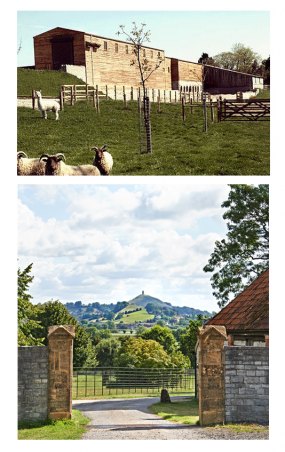

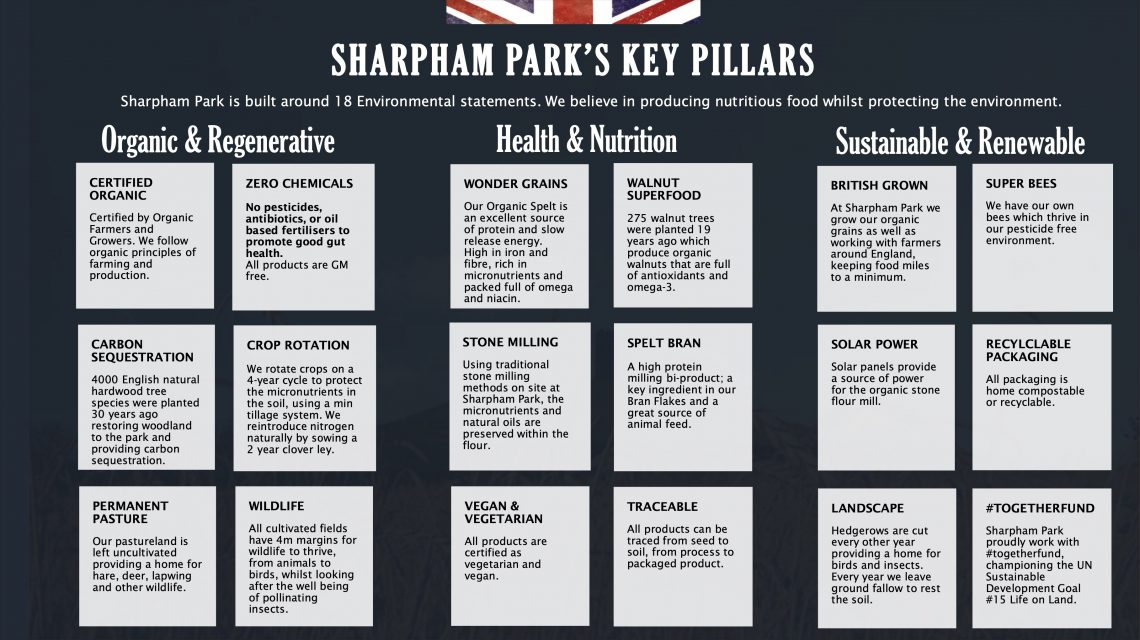
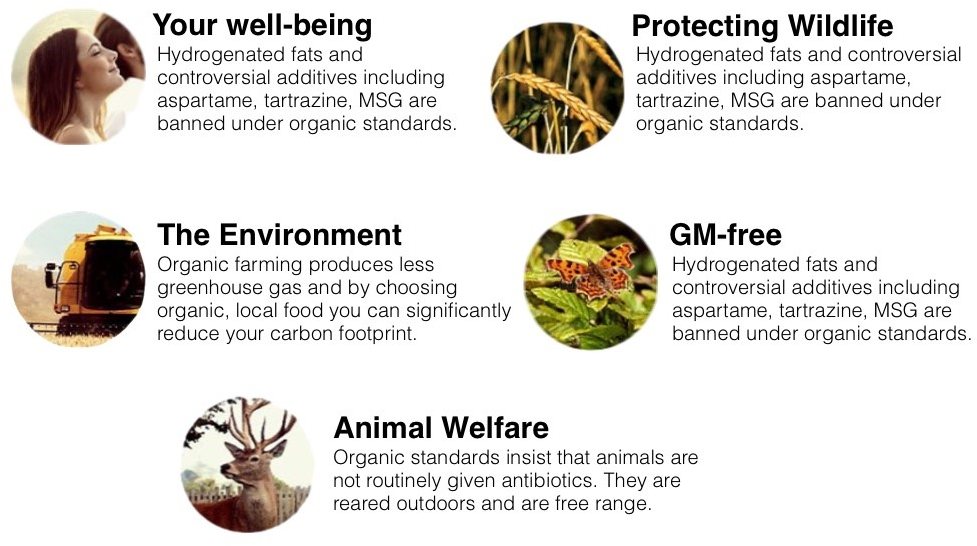

Five Reasons to Choose Organic
Organic is great for your well-being and the environment, protects wildlife and allows us to make a big difference.


